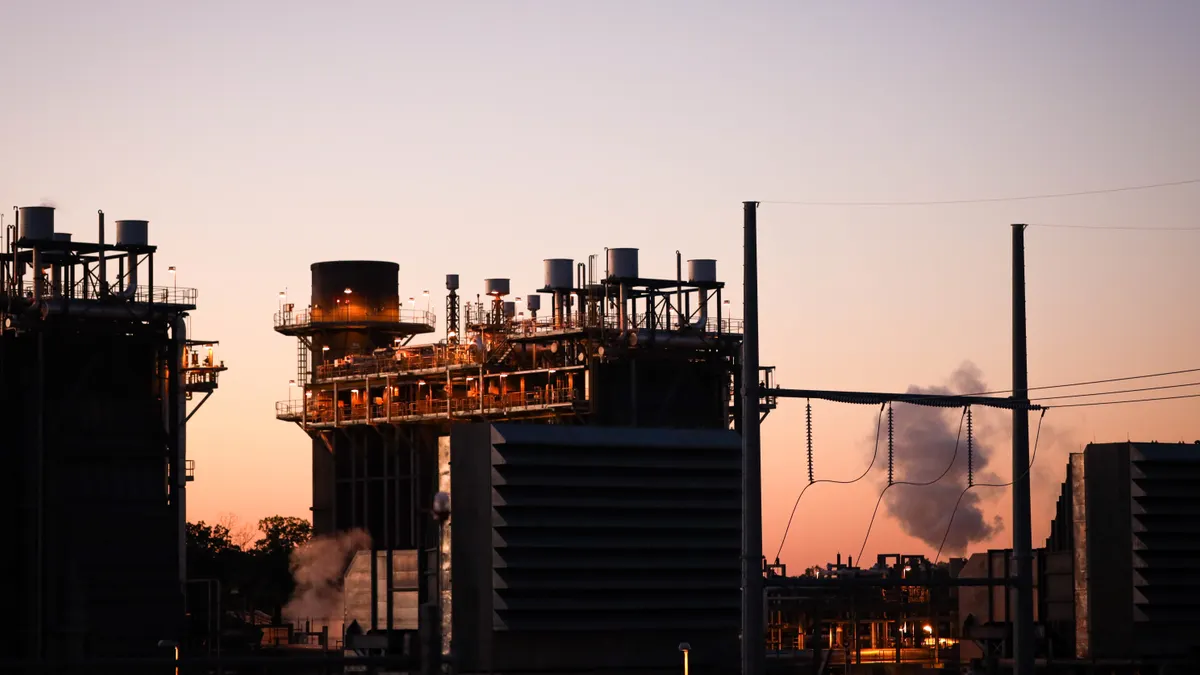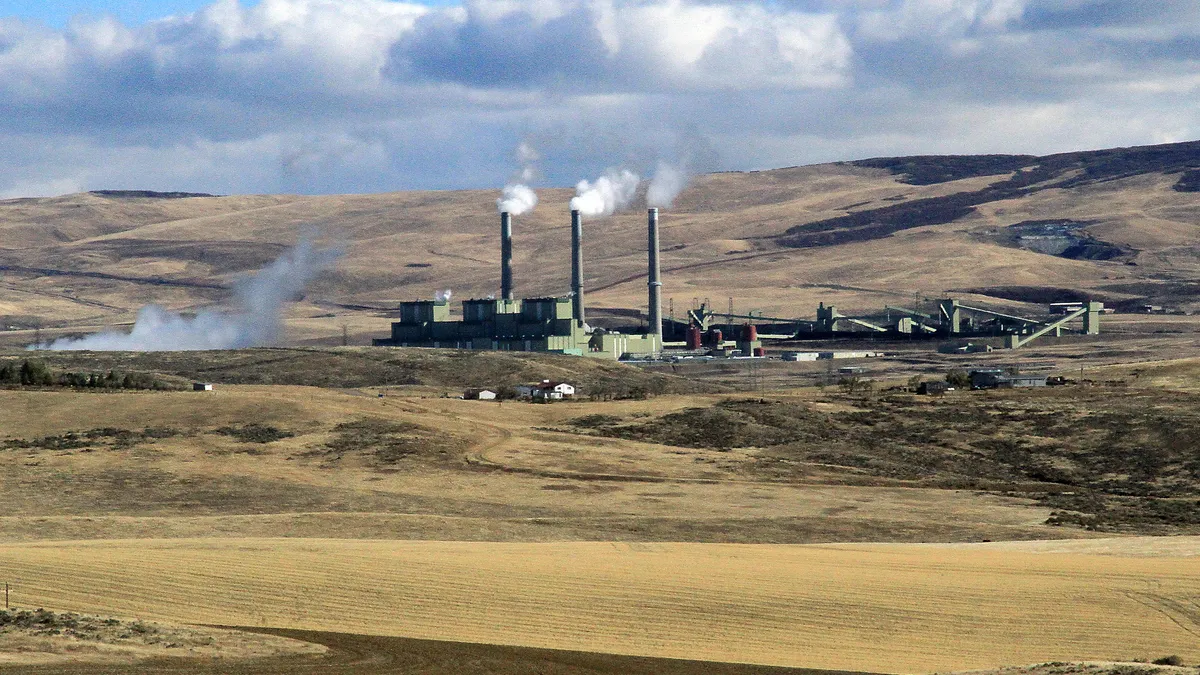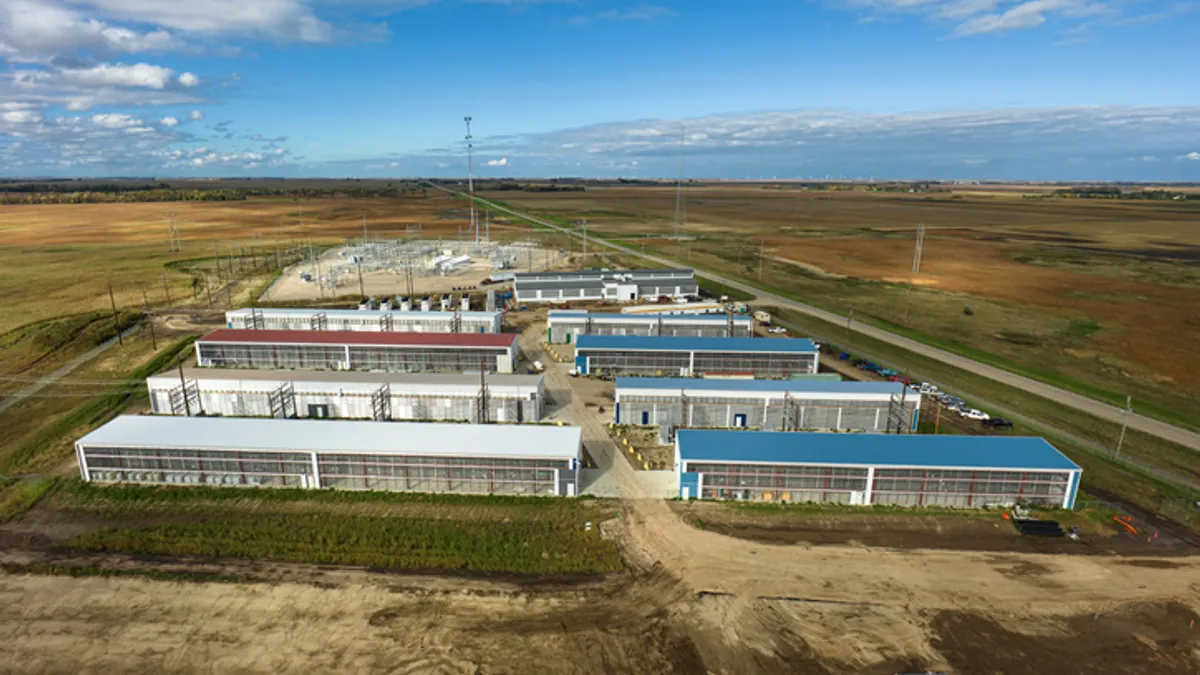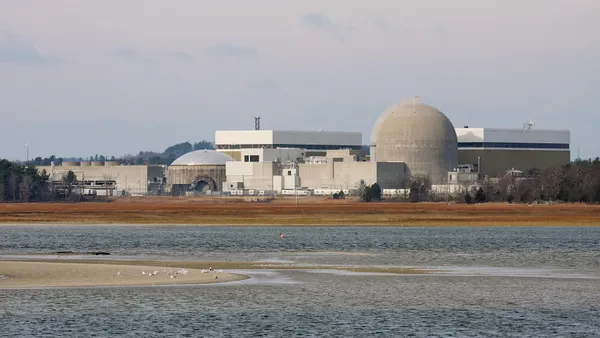After many insightful — and sometimes contentious — conversations about the Clean Power Plan during the first day of the NARUC winter meetings, Utility Dive heard from EPA chief Gina McCarthy about her agency's controversial regulations during day two.
Here are the highlights from the second day of NARUC winter meetings:
EPA officials: Timeline and interim goal changes 'very much on the table'
For EPA officials Gina McCarthy and Janet McCabe, part of the objective of the NARUC winter meetings was simply to assure state regulators that the EPA hears their complaints about the Clean Power Plan. The proposed regulations are in their “awkward teenage phase,” McCarthy, the agency's administrator, told the audience in her speech. McCarthy couldn’t reveal any specific details about a release for the final plan or finalized changes, but she did shed some light on the agency’s priorities as it reviews more than 3 million comments on the regulations.
“There’s a pair of issues that are high on your list and I want to make sure that you know they are high on everybody’s list, most importantly mine and the Presidents,” McCarthy said. “That is reliability and cost.”
More than any other topic, comments from the states focused on the 2020 interim goals under the plan and the timeline to get there, Janet McCabe, acting assistant administrator of the EPA's Office of Air and Radiation, told a panel of state regulators later in the day. State commissioners, like the grid operators who spoke on day one, are concerned that the sharp reductions in carbon emissions required over the next five years will threaten grid reliability. McCabe told the commissioners that while the compliance timeline and interim goals were put together “very carefully,” changes to them are “very, very much on the table.”
“We’ve gotten a tremendous amount of input, very fact-based, from people who know what they’re doing, who are in this business, who are pointing out ways in which we didn’t get that right,” she said.
Flexibility in both the state compliance plans and EPA’s approach to reviewing the rule is the lynchpin of the Clean Power Plan, McCarthy told the crowd in her speech.
“That’s how we get the emissions reductions at low cost while maintaining absolute certainty that we are going to have a reliable energy supply,” she said. “So let me reiterate that flexibility means affordability, and it means reliability.”
In the end, the message of both the EPA officials was that the industry should expect changes to the carbon regulations — the agency just can’t tell anyone what they are yet. The agency virtually always makes changes to proposed rules, like the Mercury and Air Toxics Standards, she reminded the crowd, “and this rule will be no different.”
States speak out on the Clean Power Plan
While the Clean Power Plan's interim goals and timeline typically receive the most attention, a number of states expressed concern — and sometimes even outright contempt — for other parts of the plan. Before Janet McCabe spoke to the audience, she sat and listened to a panel of six state regulators give their comments on the Clean Power Plan.
The commissioners from two states — California and Maryland — were largely supportive of the plan and only suggested some relatively minor tweaks. “Achievable and legally supported” was how Commissioner Carla Peterman of California described the plan’s goals. She said the EPA should consider timeline revisions and strengthening the final 2030 emissions targets. Maryland Commissioner Kelly Speakes-Backman agreed and suggested that the EPA push states toward regional compliance plans.
But Peterman and Speakes-Backman's positions could not have been more different from those of the commissioners from Texas, Wisconsin, Alabama and Wyoming, who also sat on the panel. Between the four states — all of which are challenging the Clean Power Plan's legality in federal court — it was hard to discern if there was any detail of the plan they do support.
None of the four building blocks in the plan work for Wyoming, state PSC Commissioner Alan Minier told the crowd. In particular, Minier took exception with the assumption in Building Block 1 that all coal plants can be 6% more efficient, saying the administration has “dramatically overstated” the potential for savings. Wyoming’s coal plants are state-of-the-art, he said, and are efficient as possible. Adopting the plan would mean four plants in the state would need to be shut down, and “that’s just not workable for us.”
Commissioner Ellen Nowak of Wisconsin echoed those concerns in her comments. Nowak repeatedly tried to move the conversation away from compliance strategies, arguing that the Clean Power Plan isn’t legal. As might be expected, the commissioners from Arkansas and Texas were worried about their coal plants as well.
Wyoming Commissioner Minier raised the issue of who gets credit for renewable energy production under the plan. Wyoming is an energy exporter, he reminded the audience, but under the plan it would not get any credit for sending wind energy, for instance, to other states. Only the states that consumed Wyoming wind power would get credit. That’s an issue that the EPA is looking at carefully, McCabe assured Minier.
For Texas, the Clean Power Plan is as much a question of state sovereignty as it is an environmental regulation. Commissioner Kenneth Anderson told the audience he was “very concerned” about federal enforcement, specifically that third parties would be able to sue the state under the new regulations. Texas won’t give up control of its electricity system to federal judges or environmental groups that have “no idea” how these systems work, he said. Both he and Commissioner Ted Thomas of Arkansas strongly insinuated that their states may choose not to comply with the plan.
“At the end of the day, we’re stuck with our own compliance plan — if we do one,” Anderson responded to a question about the possibilities for regional cooperation.
All of the red state commissioners identified the plan’s timeline and interim goals as roadblocks. Arkansas simply can’t plan or build gas plants that fast, Thomas told the panel. Wisconsin needs seven years to come up with a compliance plan, Nowak said. For Texas, the interim goals and timeline are “physically impossible” and “completely unattainable,” Anderson said.
What was initially billed as a policy discussion shaded into overt political attacks. By signing an agreement with the Chinese that allows their emissions to rise until 2030, Thomas said, President Obama is putting the interests of the Chinese middle class over the interests of folks here at home. But when the moderator asked the red state commissioners if they had an alternative plan to bring down carbon emissions, none did.
While the discussion about the EPA's carbon regulations may have been contentious, the commissioners still seemed friendly and collaborative at the end. As the panel ended, the red and blue state commissioners mingled with each other to continue the conversation about the Clean Power Plan, ClimateWire’s Emily Holden noted on Twitter. That spirit of dialogue, everyone in Utility Dive’s immediate vicinity agreed, is what the NARUC winter meetings are really all about.




















